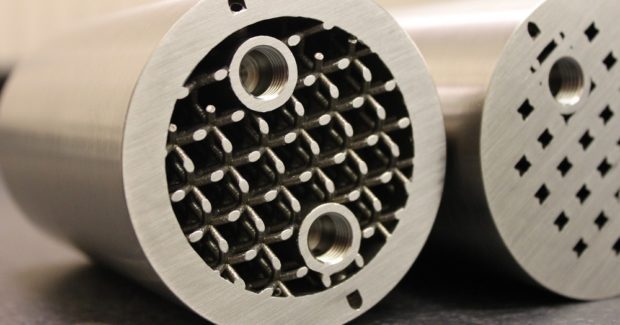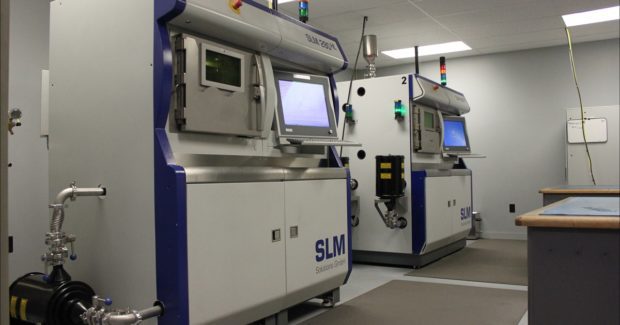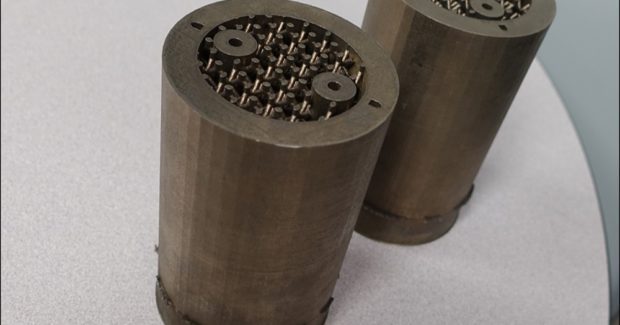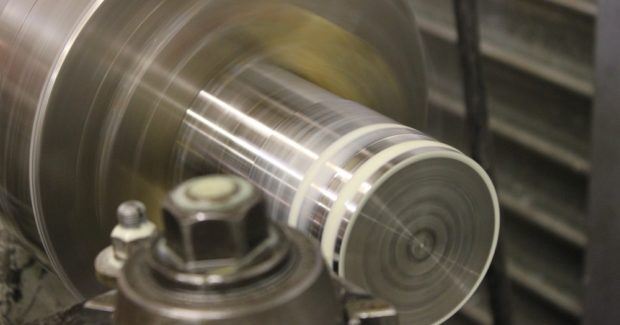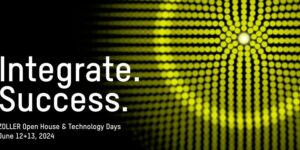Back to the Future
Take a trip into process innovation with guest columnist Wes Hart of Imperial Machine & Tool, who shares some real-world insight about the journey of this 73-year-old machine shop as they incorporated metal additive manufacturing into a traditional machine shop environment.
Posted: February 16, 2017
Metal additive manufacturing (AM) has yet to fully break into mainstream manufacturing operations. While the market is growing significantly, it’s still rare to find metal 3D printing capabilities outside of large corporations or advanced research institutions. It’s particularly rare to find this capability married with advanced multi-axis CNC machining capabilities. Imperial Machine & Tool Company (Columbia, NJ) is an advanced manufacturing company that has done just that, and they are learning to understand how metal additive manufacturing “fits in.” As a multi-generational company that provides engineering and manufacturing services to leading technology companies, research institutions and the U.S. government, Imperial was founded in 1943 and has developed a reputation for tackling very challenging projects and employing the most state-of-the-art equipment available. As such, they are always looking to stay at the forefront of new and developing technologies.
This “lead the charge” desire, combined with an entrepreneurial spirit and a healthy appetite for risk, led them to explore additive techniques many years ago. “In 2012, my son Christian and I were discussing capital equipment needs over lunch one day and the topic turned to metal additive manufacturing,” says Chris Joest, the president of the company. “We had been using polymer-based AM for quite some time so I was familiar with the technology, but to be honest, metal additive wasn’t even on my radar. I had been thinking along the lines of additional 5-axis machining centers or a large horizontal machining center. Christian pointed out some of the very interesting things that were going on in additive at the time and that certainly piqued my interest. Upon further study, I got our team together and said, ‘We should get out in front of this metal 3D printing technology. It has current benefits for us and our customers and clearly is the wave of the future for manufacturing.”
Joest and his team dove in head first, buying an SLM 280 HL industrial 3D printer from SLM Solutions North America, Inc. (Novi, MI) in 2013. This 3D printer uses selective laser melting technology that melts and fuses metallic powders with a powerful laser beam. Once a layer of solid metal is created, the tray holding the 3D print is lowered, powder is layered on top and the sintering with the laser resumes for a new layer. The object is 3D printed, layer after layer, until completion. This system is ideal for producing medium-size components with high precision and surface quality.
“I told my team that we might lose our shirts for the first couple of years (and we did), but I had no doubt that over time the investment in this system would pay off,” recalls Joest. “The initial learning curve was very steep, both internally and with customers. In house, we had to decide how best to marry the new capability into our operations. With our customers, we found we had to start the conversation at a much different point than a typical machine shop conversation – beginning with what metal AM is really capable of. On the whole though, there was excitement and, frankly, wonder at what we could now create.”
While it took a couple of years, the metal additive department was soon getting busier and busier and in 2015 the company purchased a second SLM 280 HL “Twin-Laser” to keep up with their growing additive workload. They intend to continue investing in additive and are now shopping for new and larger tools and capacities. “We’ve really hit our stride in the last couple of years,” notes Joest. “In particular, we’ve been able to separate ourselves by offering comprehensive hybrid manufacturing services that marry additive and subtractive techniques effectively.” Hybrid manufacturing refers to the emerging practice of carrying out precision machining work on intricate additively manufactured components. Hybrid manufacturing captures the design freedom of AM and the precision of CNC machine tools.
https://youtu.be/7umMM2EwEUc
“Having extensive machining, welding and fabricating experience provides us with significant advantages since almost all additively manufactured metal items require some level of machining after they are printed,” states Joest. “Many additive shops and organizations simply can’t do this because they don’t have the robust machining background that we have. Hybrid manufacturing is what’s unlocking the most innovative designs, not just additive on its own. Once folks see what the possibilities are, they understand why we are laser focused on additive. It’s truly the next generation of manufacturing.”



